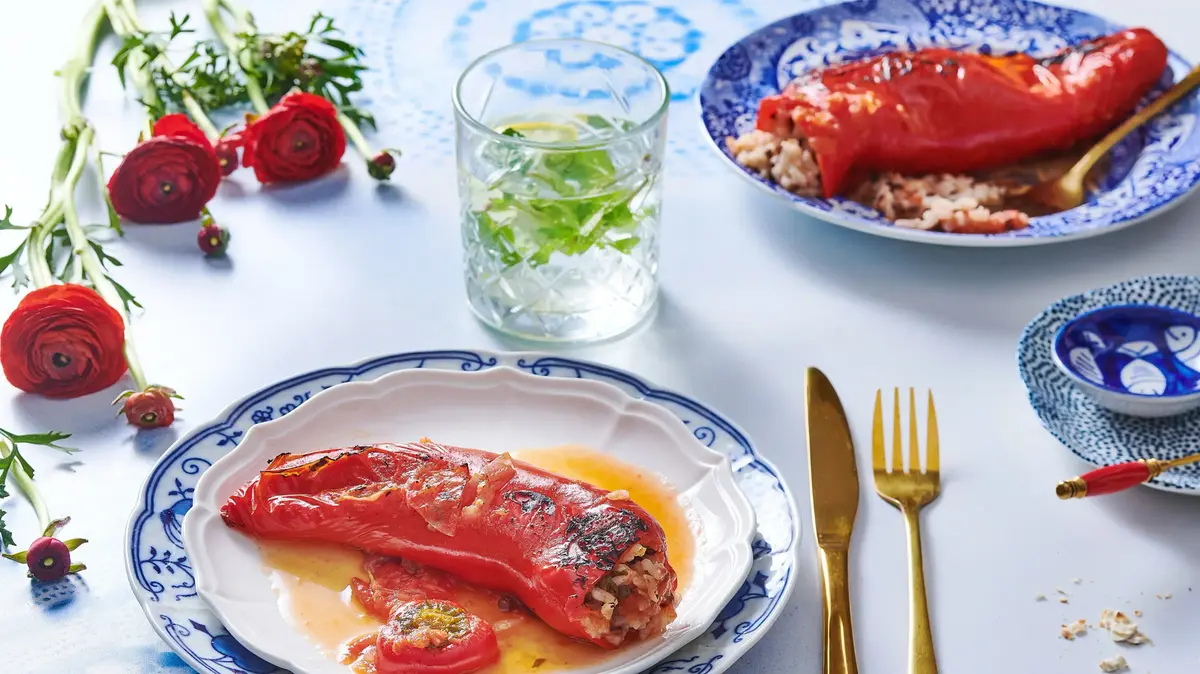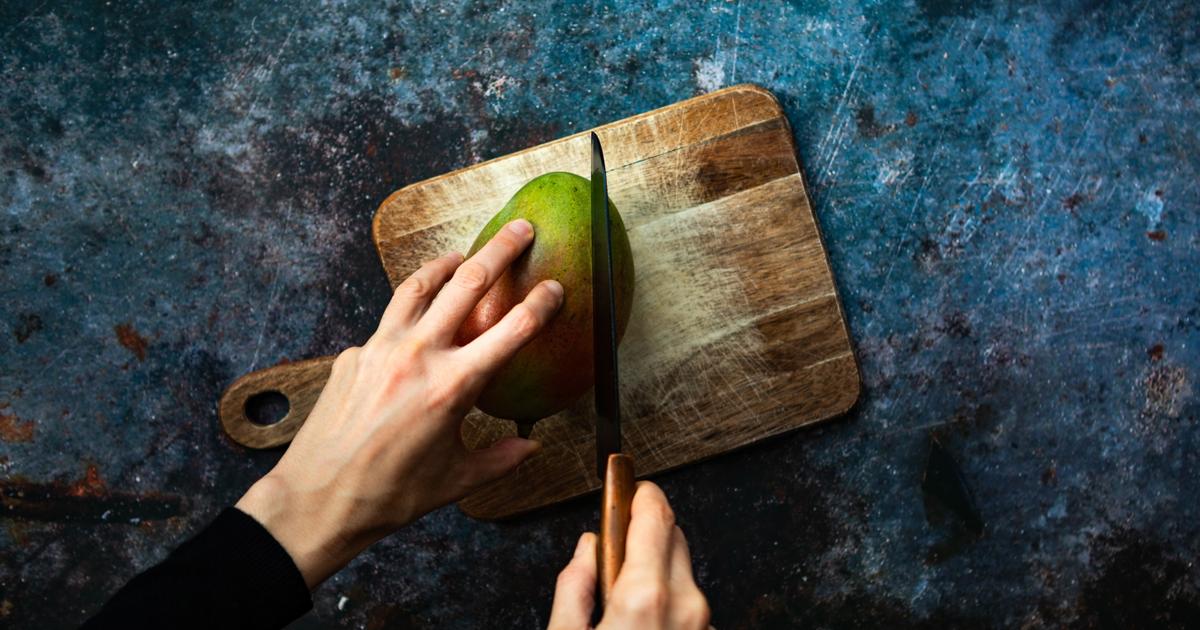Recognize ripe fruit and vegetables: Pay attention to color, smell and sound
Created: 06/15/2022, 16:00
By: Anna Katharina Kusters
If you want to harvest fruit in the garden or buy it in the supermarket, you need to know how to recognize a ripe fruit.
Color, smell and solids give clues.
Munich – Fruit is diverse, as anyone who has ever stood in front of a full fruit shelf in a supermarket knows.
Each fruit looks different, and each species has a different way of showing when it's ripe and ready to be picked and eaten.
Gardening beginners in particular are sometimes overwhelmed and leave the fruit on the plant for too long until it is no longer edible, or pick it too early even though it cannot ripen.
This need not be!
Anyone who deals with their fruit will soon recognize the indications of when a fruit can go into the harvest basket.
Recognize ripe fruit and vegetables: Pay attention to color, smell and sound
The skin of ripe tomatoes gives slightly under pressure.
(Iconic image) © Irina Hess/Imago
Tomatoes, zucchini or rhubarb can be wonderfully planted in your own garden.
But once the cultivation has been successful and the plants have gotten through the first few weeks, beginners in the garden are often faced with a new problem: How do I know that the fruits are ripe and can go into the harvest basket?
You can find even more exciting garden topics in the free 24garten.de newsletter, which you can subscribe to here.
Gardeners have to be careful with tomatoes, because the fruits are not always red when they are ripe.
There are now many different tomato varieties for the garden and balcony, including, for example, those whose fruits remain green, have stripes or only partially turn red.
If tomatoes are still unripe, they contain the toxin solanine.
Large amounts can cause diarrhea and vomiting.
In order to avoid this, gardeners should not only rely on the eye test with tomatoes, but also get in touch with the tomato.
If the skin of the fruit gives a little when pressed, the tomato is ripe.
Unripe tomatoes, on the other hand, cannot be crushed.
Recognize ripe fruit: test zucchini and rhubarb
Zucchini can grow very large in the bed if gardeners don't harvest them on time.
Beginners may think the bigger the better.
But that's not the case with zucchini.
The garden fans harvest best when they are about 15 centimeters long.
In addition, the flowers must have faded, because the fruits grow out of the flower heads.
In contrast to the tomato, the flesh should be firm and not dent too much.
Then the zucchini is perfect, still contains all the vitamins and important nutrients and doesn't taste too watery.
With rhubarb, gardeners have to wait a few years before they can harvest the stalks in the garden.
From the third year, the plants produce strong stalks that can be processed into delicious rhubarb cake.
Harvesting can begin in May as soon as the first leaves have opened.
Gardeners do best to pull the younger stems out of the ground with a firm tug.
If the sticks are too old, they lose their taste.
Important rule of thumb: do not remove more than half of the leaves, otherwise the plant will be too weak to regenerate.
June 24th is the cut-off date for the rhubarb harvest.
After that, the stalks have to remain in the ground because the oxalic acid content in the plant is too high and makes the stalks inedible.
Recognize ripe fruit: Ripe fruit in the supermarket
In addition to the classic garden fruit, the selection in the supermarket is often much larger.
More exotic fruits also end up on the counter there, but their degree of ripeness can also be easily tested.
How to distinguish ripe from unripe fruit:
Avocado: The underside of the avocado tells you if it's ripe.
If the stalk is yellowish in color, it is ripe.
If it's green, it's immature and if it's dark brown, it's overripe.
Watermelon: If the lightest part of the rind of a watermelon is yellowish, it is ripe.
If the spot is still white, it is not yet ripe.
Pineapple: If the pineapple smells sweet, it is most likely ripe.
If the leaves of the stalk can also be pulled out easily, it can be put into the shopping trolley without any worries.
Artichoke: Now it's time for the ears - ripe artichokes squeak softly when you squeeze them in your hand.
Eyes, hands, nose and ears must help to fish out the perfect fruit during the ripeness test in the supermarket.
With a bit of practice, however, even beginners will quickly recognize when they have the right fruit in their hands.













